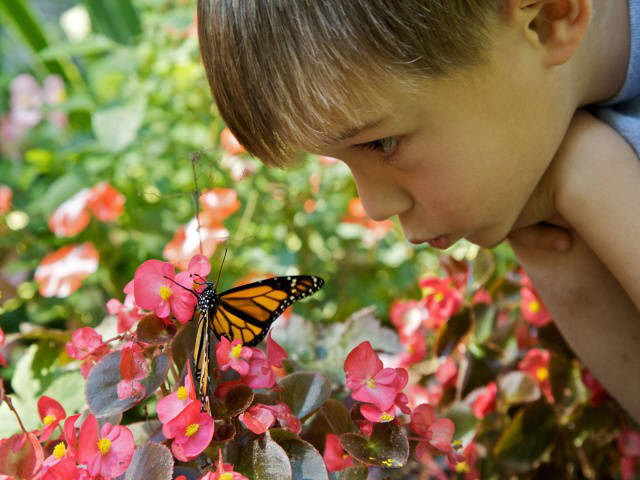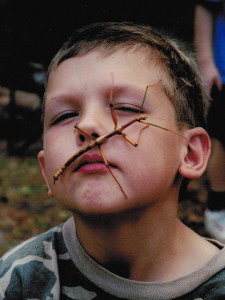|

Catching Bugs – Creepy Crawly Squishy Hard
September 25, 2014
Parents this may be more of a stretch for you than for your kids; depending on your acceptance or aversion to insects and bugs.
Get your kids outdoors with the a Ziploc bag, bucket or butterfly net and turn them into entomologists.
We are of the Catch and Release persuasion so we stress safety first and then protection of the insects.
Butterflies can be easily injured by improper handling. You might be able to fix a broken wing with clear tape. Google it for latest information.
 Back to Collecting. Ziploc bag or jar with a few holes in the lid and some grass or greenery thrown in for that natural look and feel. Take whatever you have and drag it across the tops or sides of a row of shrubs or flowers and see what you get. Put a string on it and drag it through the grass. Check for results. Back to Collecting. Ziploc bag or jar with a few holes in the lid and some grass or greenery thrown in for that natural look and feel. Take whatever you have and drag it across the tops or sides of a row of shrubs or flowers and see what you get. Put a string on it and drag it through the grass. Check for results.
Old Tupperware can be modified with a few holes to hold bugs. Mayonnaise jars offer better viewing. Again a few holes, grass, sticks and greenery make it a pleasant habitat. Screening material used for windows, especially the kind that’s plastic not metal will come in very handy. Use the screening to re-purpose a birdcage. Check out these plans for a fancy insect cage. Here's another plan, from Mother Earth News, for a live insect cage.
Use a large rubber band or a piece of elastic to hold the soft screening above on a plastic bucket.
Grasshoppers, butterflies and moths can be hunted and captured. Of course fireflies are a nighttime favorite. Daytime favorites include an insect you probably don’t think of as a beetle, the Ladybug. Did you know there are five thousand species of ladybugs in the world and five hundred identified in the United States. Thanks for the infoLost Ladybug.org.
Stick insects and Praying mantis, Go Girl Power, are way cool. Praying mantis are hard to keep; they’re carnivorous. But they hangout. It might be better to leave her where you find her and then check on her every so often. It’s likely she may stay all summer.
SAFETY ALERT: Everyone in the sun needs sunscreen. If it's going to be really buggy, as contrary as this sounds, apply bug spray to clothes. Some bugs do bite, sting or otherwise hurt. The places bugs are, bushes and shrubs etc. can harbor poisonous snakes.  Have the snake talk. If appropriate, you might add the scorpion talk. Talk about how to safely deal with bees and wasps and spiders. Don’t overdue it. Safety yes but the whole idea is to get outside and discover new insects and bugs and details about them. How many spots on that ladybug? Have the snake talk. If appropriate, you might add the scorpion talk. Talk about how to safely deal with bees and wasps and spiders. Don’t overdue it. Safety yes but the whole idea is to get outside and discover new insects and bugs and details about them. How many spots on that ladybug?
If you’re hunting by sound then tree frogs, cicadas or crickets might catch your ear.
Let light be your friend. At night insects will flock to light. The trick is to have a light that’s not too hot and is accessible for your youngsters. Maybe a camping light and leave it on the picnic table a little distance from the campfire. Or take a flashlight stabilized in a glass or cup and leave it on a chair in a darker part of the yard or campsite. Let a few bugs come in and capture them. One thing about night insects is that they rarely sting. Stinging bugs prefer the day. That’s not a scientific fact, it’s just our experience so please still be careful.
When you kind of learn what you are doing then catch a caterpillar and keep it in an appropriate enclosure with the right food and watch it go through it’s pupa stage. Butterflies make a chrysalis out of protein. Moths typically spin a cocoon out silk. Two weeks or so later they will emerge fully changed. You can also buy caterpillars online; see below.
Check ’em out! Don't be bugged by bugs.
|